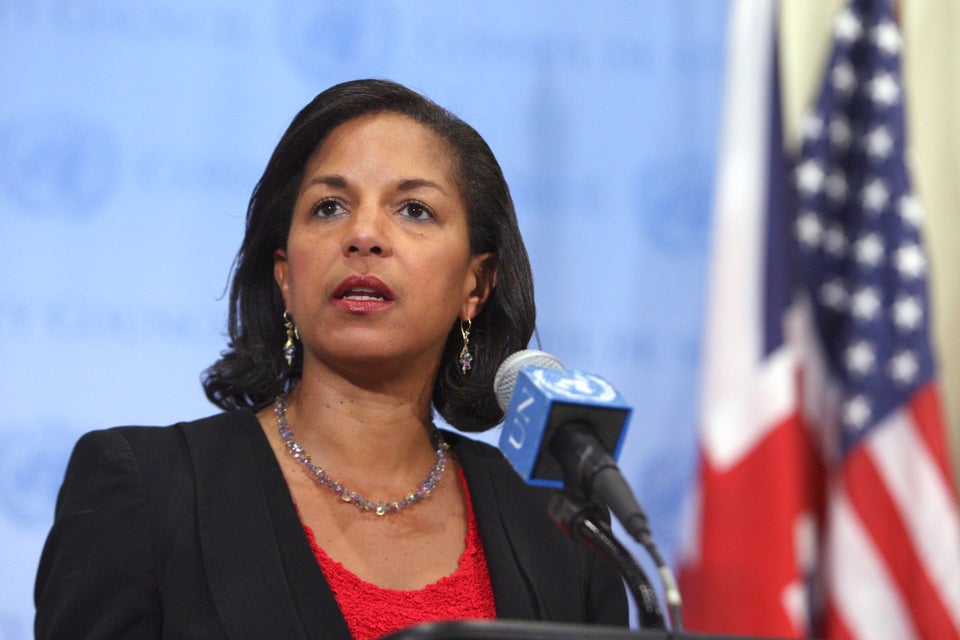
A Minnesota anti-war congressman on Wednesday suggested the costs of airstrikes on Syria would run $500 million initially and $1 billion a week thereafter in an apparent misinterpretation of a July letter from the chairman of the Joint Chiefs of Staff.
"I just got a note from my staff that according to the Joint Chiefs of Staff, it's going to cost $500 million, or half a billion, to set up the strikes in Syria," Minnesota Rep. Rick Nolan (D) told an ABC News affiliate in his home state. "It will be a billion dollars each week following that, and that's without any boots on the ground."
Gen. Martin Dempsey, chairman of the Joint Chiefs of Staff, sent a letter to Sen. Carl Levin (D-Mich.) in July that estimated the cost of establishing a no-fly zone, rather than airstrikes, would initially cost $500 million and $1 billion a month to maintain. The option of "limited stand-off strikes," however, was more broadly estimated "[d]epending on the duration ... in the billions."
A junior staff member at the Nolan's Washington office confirmed that Nolan's statements were based on the estimates contained in Dempsey's letter, but would not comment on the apparent discrepancies between the two.
The letter's estimate is in contrast to, but not at odds with, statements made by Secretary of Defense Chuck Hagel to the House of Representatives at a hearing Wednesday, where he estimated the cost of a strike on Syria "in the tens of millions of dollars." That figure was supported by comments by Navy Adm. Jonathan Greenert, who told a gathering at the American Enterprise Institute, "The numbers are nagging but they're not extraordinary at this point," citing the cost of a Tomahawk missile and of operating a carrier strike group.
A Hill staffer told HuffPost's Sam Stein Wednesday that any action would likely be funded from an existing $79.4 billion defense contingency fund, but that the price tag on possible intervention had not been established.
"Who the f*** knows what it will cost? It depends entirely on what happens," the staffer said.
Nolan is among the most outspoken Democratic critics of a potential strike on Syria. He offered that estimate after meeting with constituents at the University of Minnesota Duluth on Wednesday, where he argued the U.S. should stop engaging in "wars of choice."
"We need to put an end to that, and I think we need to start rebuilding America: our roads, our bridges, start investing in our kids and education and human development here at home," Nolan said.
Military interventions are always expensive, and other estimates circulating this week suggested the cost of even a limited strike in Syria could escalate quickly. A Navy chief told a think tank conference on Wednesday that maintaining the current level of force in the Mediterranean being mobilized for Syria -- seven destroyers, a cruiser and one aircraft carrier -- runs some $27 million per week.
Michael O'Hanlon, an defense strategy expert with the Brookings Institution in Washington, D.C., told HuffPost that the cost of each cruise missile fired into Syria is likely near $1 million.
The total cost of an action "depends of course on how many cruise missiles we use and if there are any other operations or escalations down the road," O'Hanlon said.
As a point of reference, the first few weeks of the U.S. military intervention in Libya in 2011 cost $600 million, according to trade publication Defense News.
This article has been amended and updated with additional information from Nolan's office.
Caroline Fairchild contributed to this report.

